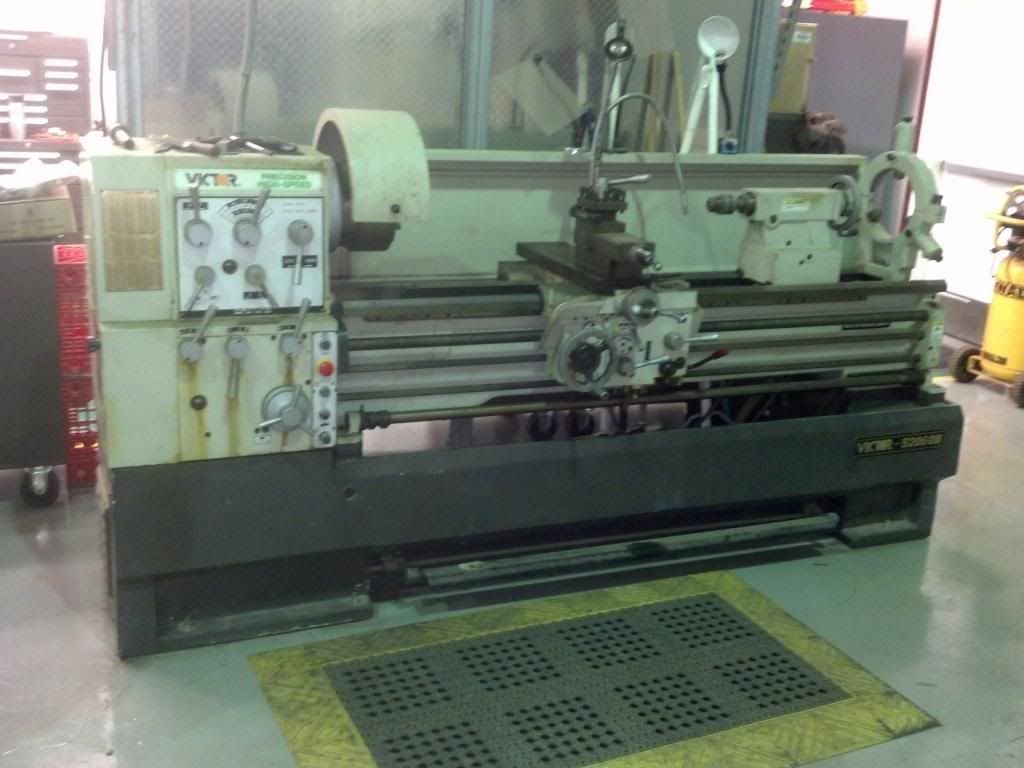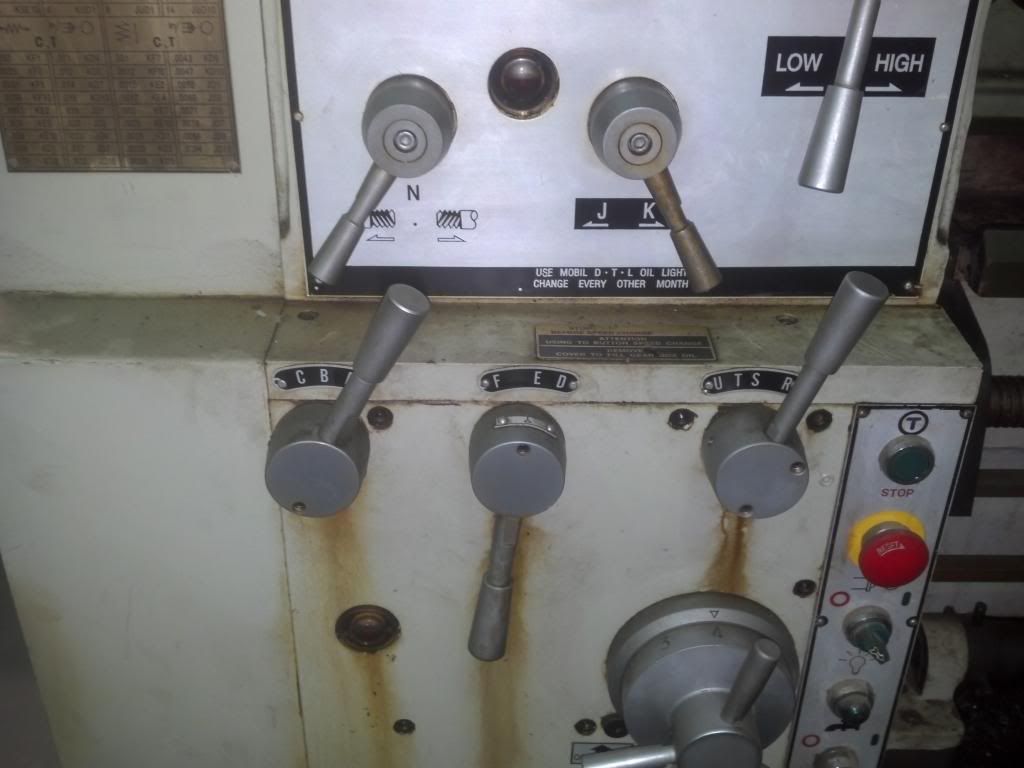JAndrew
Well-Known Member
- Joined
- Aug 9, 2013
- Messages
- 113
- Reaction score
- 21
HMEM,
I'm searching for anyone who has ever performed repairs or any kind of maintenance on large Victor lathes. The lathe in question I believe is a 16x60 and has an issue with one of the leadscrew drive gears.
I have the basic operation manual for it but it's a poor translation and doesn't have any internal diagrams. No other data can be found online.
Just kinda wondering what I'd be getting myself into if I opened the thing up. Seems like a sealed oil bath type gearbox.
Thanks for anything anyone can offer.
-J.Andrew
I'm searching for anyone who has ever performed repairs or any kind of maintenance on large Victor lathes. The lathe in question I believe is a 16x60 and has an issue with one of the leadscrew drive gears.
I have the basic operation manual for it but it's a poor translation and doesn't have any internal diagrams. No other data can be found online.
Just kinda wondering what I'd be getting myself into if I opened the thing up. Seems like a sealed oil bath type gearbox.
Thanks for anything anyone can offer.
-J.Andrew






